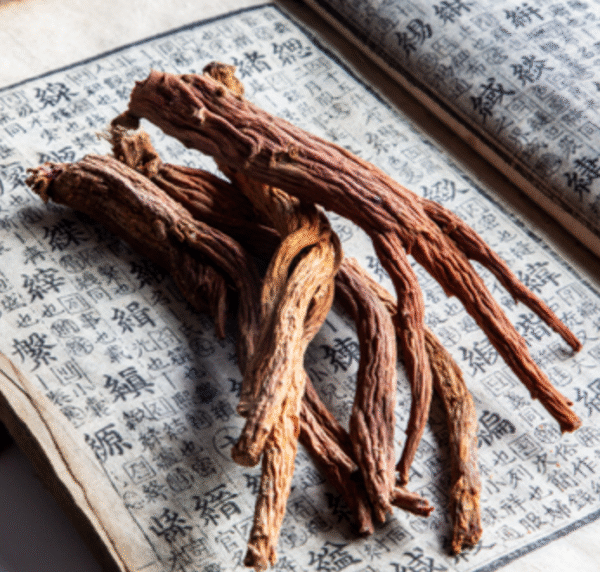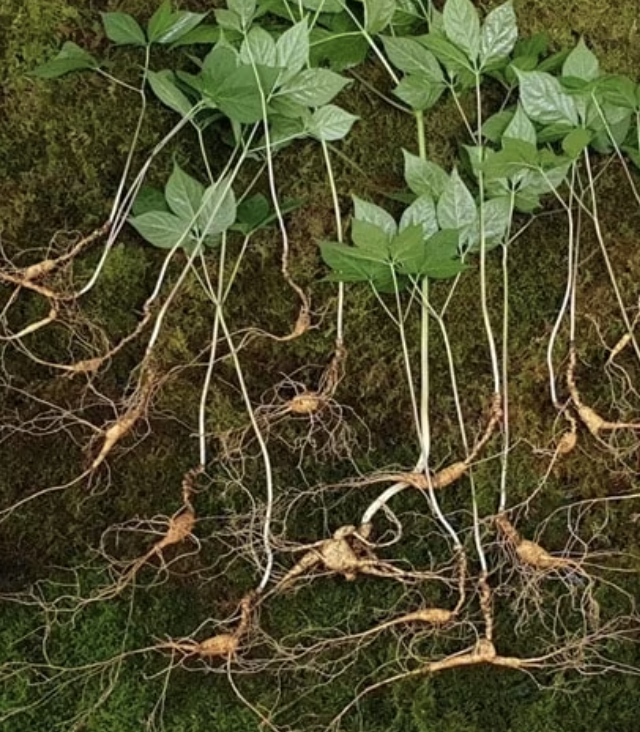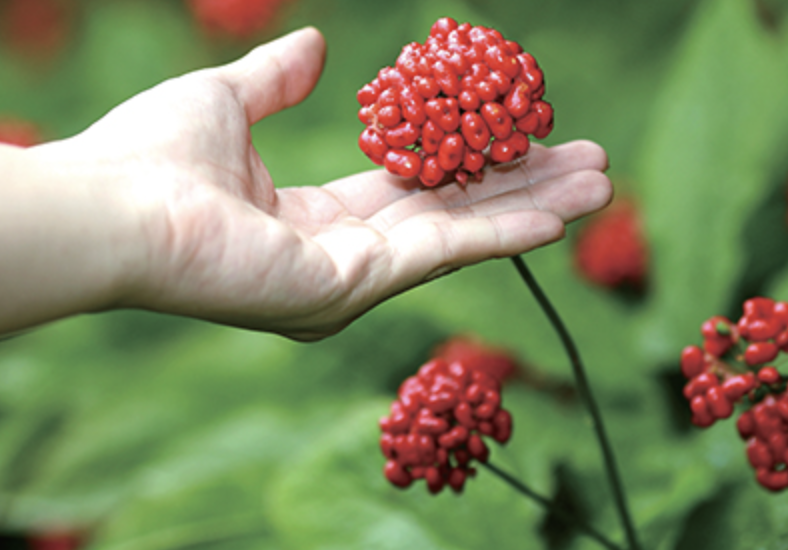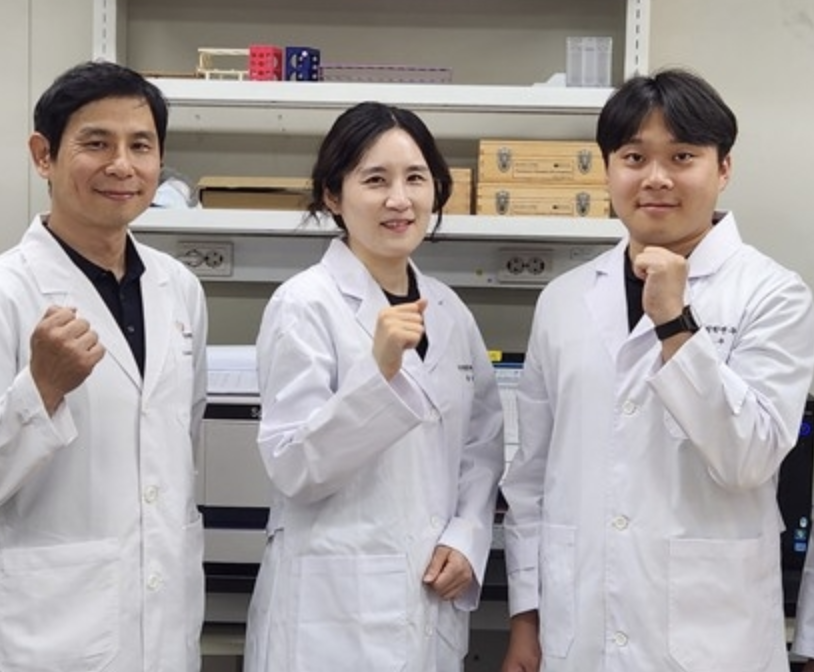Ginseng has been revered for centuries across Asia and increasingly in the West for its powerful adaptogenic and medicinal properties. However, not all ginseng is the same. Within the broader category of ginseng, there are important distinctions between wild ginseng (산삼), cultivated ginseng (인삼), red ginseng (홍삼), and black ginseng (흑삼) — each with its own preparation methods, chemical profiles, and health benefits.
In this guide, we'll explore the scientific distinctions between these types, compare Korean vs. American ginseng, analyze their effects on physical and mental fatigue, cite real-world consumer feedback, and uncover long-term health benefits supported by clinical research.
👉 Buy Korean Red Ginseng – Natural Energy and Immunity
Wild Ginseng (Sansam): Nature's Treasure
Wild ginseng, known as sansam in Korea, grows naturally in mountainous forests and takes 10 to 20 years to mature. Due to its rarity and complex ginsenoside profile, it is considered the most potent and expensive form.
A study published in the Journal of Ginseng Research (2020) showed that wild ginseng contains unique minor ginsenosides such as Rg3 and Rh2 in higher concentrations than its cultivated counterpart, contributing to stronger anti-inflammatory and anti-tumor effects.
Pros:
High ginsenoside diversity
Strong immune and anti-cancer support
Natural aging of roots enhances potency
Cons:
Extremely rare and expensive
Not sustainably sourced in many cases
Cultivated Ginseng (Insam): The Foundation of Korean Herbal Medicine
Cultivated ginseng is the base form of ginseng typically harvested after 4–6 years. This includes both Korean and American varieties, but there are stark differences between the two.
Korean Ginseng (Panax ginseng):
Warmer in nature, boosts energy (yang)
Rich in Rg1, Rb1, Rg3 — known for cognitive, immune, and stamina-enhancing properties
Supported by hundreds of studies (e.g., Kim et al., Phytotherapy Research, 2018)
American Ginseng (Panax quinquefolius):
Cooler in nature, calming (yin)
High in Re and Rb1 — more suitable for stress and mental clarity
Less potent in physical endurance effects
A double-blind study (Mucosal Immunology, 2019) showed Korean ginseng to be significantly more effective in reducing inflammatory markers in immune-challenged patients compared to American ginseng.
Red Ginseng (Hongsam): Heat-Processed Powerhouse
Red ginseng is steamed and dried Korean ginseng. The heat-processing alters its chemical structure, increasing ginsenosides like Rg3, Rh1, and Rg5, which are linked to improved fatigue resistance, immune support, and anti-cancer properties.
In a clinical trial conducted by the Korea Food Research Institute (2017), red ginseng was shown to improve endurance and reduce oxidative stress in athletes over a 12-week period. Many consumers also report a sense of mental clarity and stamina improvement within 2 weeks of use.
Key Benefits:
Strong adaptogenic effects
Boosts cognitive function and physical endurance
Suitable for long-term daily use
Black Ginseng (Heuksam): The Fermented Super Ginseng
Black ginseng undergoes multiple rounds (up to 9) of steaming and drying, leading to deep black roots and higher bioavailability. This process maximizes the transformation of ginsenosides, especially Rg3, Rh1, Rk1, and compound K.
A 2021 review published in Frontiers in Pharmacology highlighted black ginseng's superior antioxidant, neuroprotective, and hepatoprotective effects compared to red ginseng.
Popular Among:
Elderly seeking enhanced vitality
Individuals with chronic fatigue or liver issues
Limitations:
Less widely studied than red ginseng
High production costs reflected in price
Physical vs. Mental Fatigue: Which Ginseng Works Best?
| Fatigue Type | Recommended Ginseng | Why? |
|---|---|---|
| Physical Fatigue | Red Ginseng, Black Ginseng | Boosts endurance, mitochondrial function (Rg3, Rg5) |
| Mental Fatigue | American Ginseng, Red Ginseng | Enhances memory, reduces stress (Re, Rb1, Rg1) |
Long-Term Use: What Can You Expect?
Numerous long-term studies and consumer reports indicate that daily consumption of high-quality Korean red or black ginseng for 8–12 weeks can lead to:
Improved immune function: Increased NK cell activity
Cognitive support: Enhanced memory, reduced brain fog
Stress resilience: Lower cortisol levels
Sexual vitality: Improved erectile function and libido in men (J Urol, 2015)
Hormonal balance: Especially in perimenopausal women
Real-World Reviews
A 42-year-old male office worker in Seoul shared:
"After three months of red ginseng, I feel less tired even after long meetings. I don't rely on coffee anymore."
A 60-year-old woman from Busan reported:
"Black ginseng helped me sleep better and I noticed my digestion also improved."
Conclusion
The best type of ginseng for you depends on your health goals and constitution:
Wild ginseng is ideal for serious health issues or luxury supplementation.
Cultivated Korean ginseng offers a solid daily option for energy and immune strength.
Red ginseng is the gold standard for most people dealing with stress and fatigue.
Black ginseng is the next level for aging support and antioxidant defense.
When choosing a ginseng product, always verify the origin (Korean vs. American), processing method, and ginsenoside profile for maximum effectiveness.
#KoreanGinseng #RedGinseng #BlackGinseng #WildGinseng #GinsengBenefits
👉 Buy Korean Red Ginseng – Natural Energy and Immunity

Comparative chart of wild, red, black, and Korean ginseng showing benefits and differences










